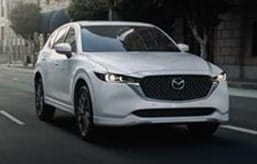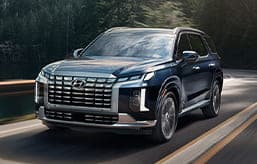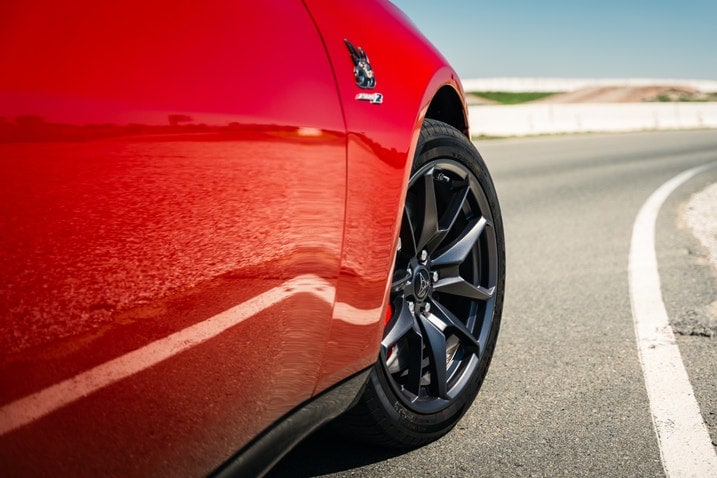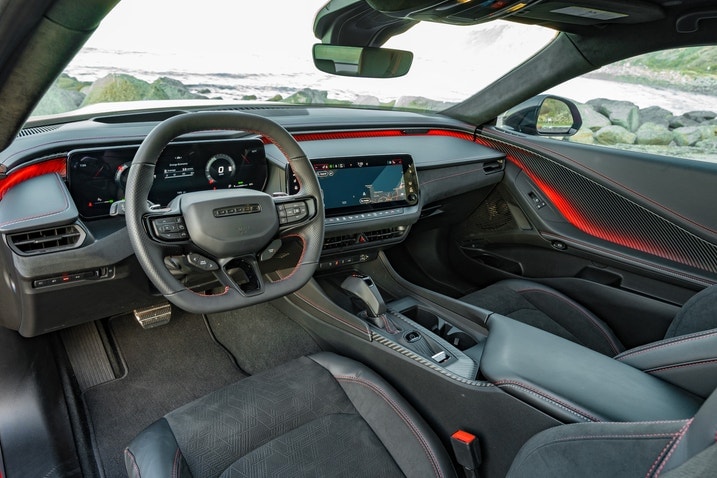- We took our Dodge Charger Daytona EV to the dealer for an inspection after a case of unintended acceleration.
- We also talked to Dodge's engineers to find out what happened.
- A software glitch might have been the root issue.
Here's What Really Happened With Our Dodge Charger EV's Unintended Acceleration
Is "Drive by Brake" really a feature?
Last week, I wrote an article about a strange situation of unintended acceleration I experienced while driving our Dodge Charger Daytona Scat Pack. I encourage you to read that article for background before continuing on with this one. With that, here's what I've learned after we took our car to the dealer and talked with Dodge's engineers and representatives.
Dodge says our car had a fault that triggered a "Drive by Brake" response
After my article went live, Dodge released a statement noting it believed our car, rather than having unintended acceleration, had activated a safety feature that it calls Drive by Brake.
Dodge claims this mode activates if the vehicle encounters a certain problem, such as an accelerator or gas pedal that stops working. The Drive by Brake mode applies a low level of power and constant acceleration (up to approximately 50 mph) so that the driver can continue to drive the vehicle, rather than being stuck with a disabled vehicle. The driver is expected to control the acceleration by applying the brake pedal.
Stellantis also told us that the Dodge Charger Daytona isn't the only vehicle with this feature.
A service visit and analysis by Dodge
We took our Charger to our local Dodge dealership. Dodge wanted to send a field engineer to examine our vehicle in detail, and we agreed to this. At the dealership, the engineer was able to retrieve our Charger's internal error codes and confirm that the Drive by Brake feature was activated.
The dealership's inspection did not reveal anything else wrong with our Charger. Our service invoice stated: "We drove the vehicle, and [the field engineer] was not able to duplicate the customer's concern. The vehicle is performing to factory spec."
Dodge's engineers subsequently examined the onboard data from our Charger. They noticed a couple of faults that they believe led to the trigger of Drive by Brake. The most pertinent one is P3034 for "internal control module drive torque calculator performance fault." They believe that, through their own internal testing, this was ultimately a false fault. That means that the vehicle thought it had a problem when there really wasn't one. After I parked the vehicle, turned it off and turned it back on, it ran its normal diagnostic and identified that there was no longer a problem.
Is it unintended acceleration or unexpected acceleration?
What Dodge says makes sense, I suppose. But what was missing — and Dodge's reps agreed with this — is that there were no helpful on-screen notifications of what Drive by Brake is or what the driver is expected to do. It's not listed in the owner's manual, and it's certainly not common knowledge. I did a Google search for "Stellantis drive by brake" and the only results were recent articles or forum discussions regarding our original article.
Dodge says I experienced "unexpected" acceleration in our Charger. But considering that our Charger wasn't telling me what it was doing, and I certainly wasn't pressing on the accelerator pedal, originally calling it unintended still seems like a valid description.
Our Charger got a software update
Nonetheless, Dodge did install what it says is a software safety enhancement update. It's a technical service bulletin (TSB) called RRT 25-080. According to Dodge, RRT 25-080 addresses various electronic issues that Charger Daytona and Wagoneer S owners have been experiencing, such as glitches, false warning codes and more. Dodge says the cause of the false fault we experienced in our Charger is addressed in the RRT 25-080 update.
Our adviser said this TSB is not a recall, meaning Dodge is not officially notifying owners to bring in their vehicles. In general, automakers apply updates or fixes established in a TSB either when owners complain about certain issues or when owners bring in their vehicles for routine maintenance.
Now what?
This isn't the first time we've experienced glitches with all-new electric vehicles. As part of Edmunds' One-Year Road Test program, we've had a Rivian R1T die on the highway, a Lucid Air lock us out of the vehicle for hours, and a Chevrolet Blazer EV glitch out with nearly two dozen issues. Even our plug-in hybrid Jeep Grand Cherokee 4xe left us stranded three times.
In that sense, having an issue with our Charger Daytona isn't a surprise. Dodge's claim of Drive by Brake being a safety feature seems honest enough, though I am surprised that such a feature wouldn't have been bundled with appropriate and obvious in-vehicle notifications.
Hopefully, our Charger won't have this issue again.








 by
by  edited by
edited by